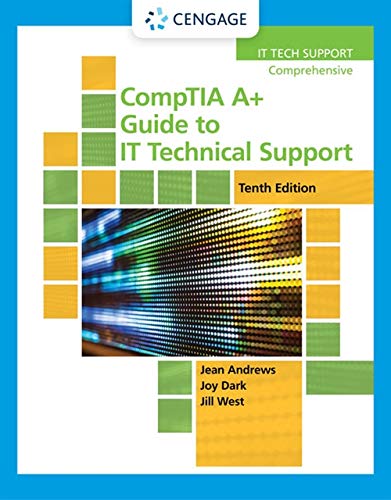
|
|
Product Description
An examination of how changing public information infrastructures shaped people's experience of earthquakes in Northern California in 1868, 1906, and 1989.
When an earthquake happens in California today, residents may look to the United States Geological Survey for online maps that show the quake's epicenter, turn to Twitter for government bulletins and the latest news, check Facebook for updates from friends and family, and count on help from the Federal Emergency Management Agency (FEMA). One hundred and fifty years ago, however, FEMA and other government agencies did not exist, and information came by telegraph and newspaper. In Documenting Aftermath, Megan Finn explores changing public information infrastructures and how they shaped people's experience of disaster, examining postearthquake information and communication practices in three Northern California earthquakes: the 1868 Hayward Fault earthquake, the 1906 San Francisco earthquake and fire, and the 1989 Loma Prieta earthquake. She then analyzes the institutions, policies, and technologies that shape today's postdisaster information landscape.
Finn argues that information orders―complex constellations of institutions, technologies, and practices―influence how we act in, experience, and document events. What Finn terms event epistemologies, constituted both by historical documents and by researchers who study them, explain how information orders facilitate particular possibilities for knowledge. After the 1868 earthquake, the Chamber of Commerce telegraphed reassurances to out-of-state investors while local newspapers ran sensational earthquake narratives; in 1906, families and institutions used innovative techniques for locating people; and in 1989, government institutions and the media developed a symbiotic relationship in information dissemination. Today, government disaster response plans and new media platforms imagine different sources of informational authority yet work together shaping disaster narratives.
Customers Who Bought This Item Also Bought
- Disconnect: Facebook's Affective Bonds
- Behind the Screen: Content Moderation in the Shadows of Social Media
- Race After Technology: Abolitionist Tools for the New Jim Code
- Critical Fabulations: Reworking the Methods and Margins of Design (Design Thinking, Design Theory)
- Everybody Writes: Your Go-To Guide to Creating Ridiculously Good Content
- All Data Are Local: Thinking Critically in a Data-Driven Society (The MIT Press)
- Chasing Innovation: Making Entrepreneurial Citizens in Modern India (Princeton Studies in Culture and Technology)
- Ghost Work: How to Stop Silicon Valley from Building a New Global Underclass
- Pedagogy of the Oppressed
- Custodians of the Internet: Platforms, Content Moderation, and the Hidden Decisions That Shape Social Media
*If this is not the "Documenting Aftermath: Information Infrastructures in the Wake of Disasters" product you were looking for, you can check the other results by clicking this link







